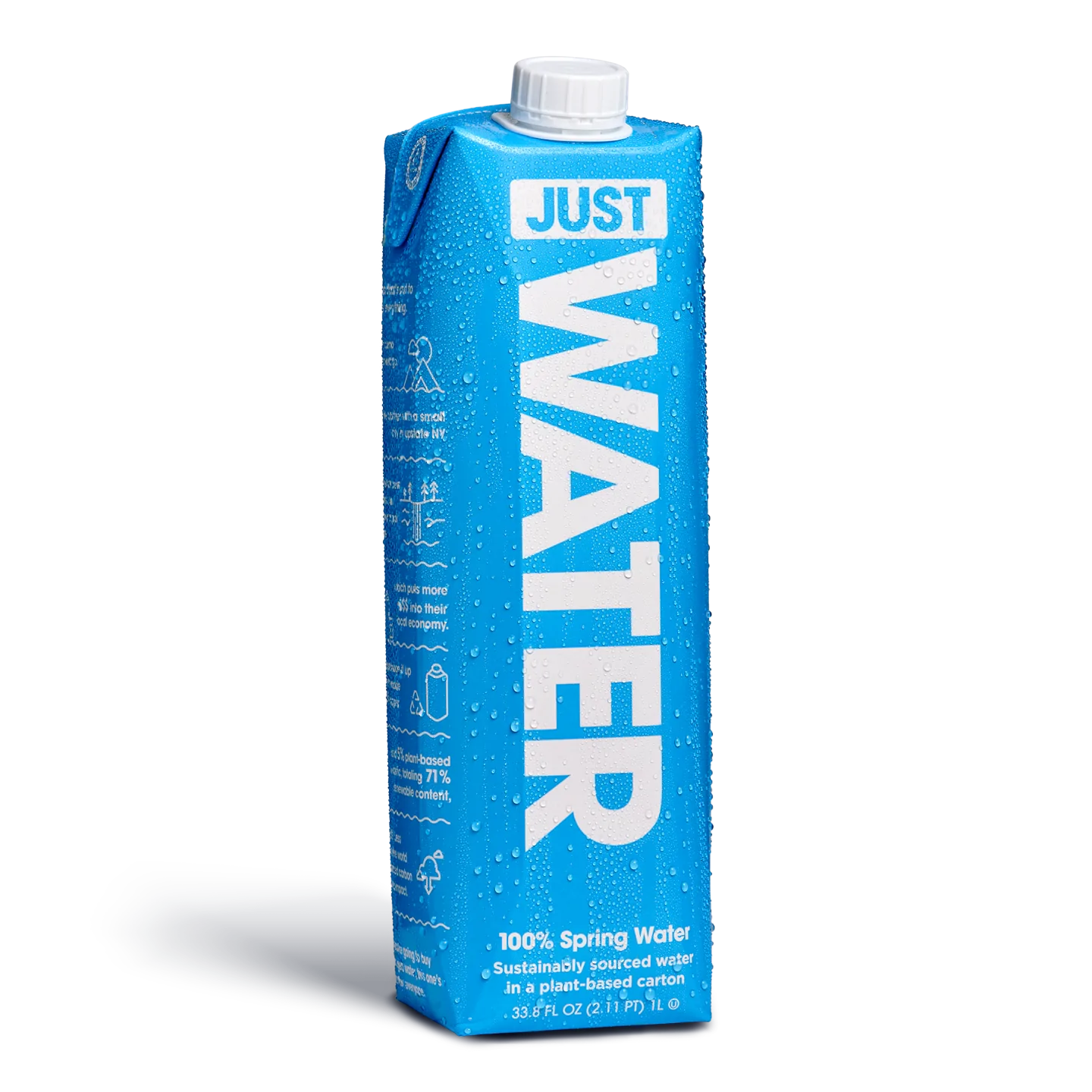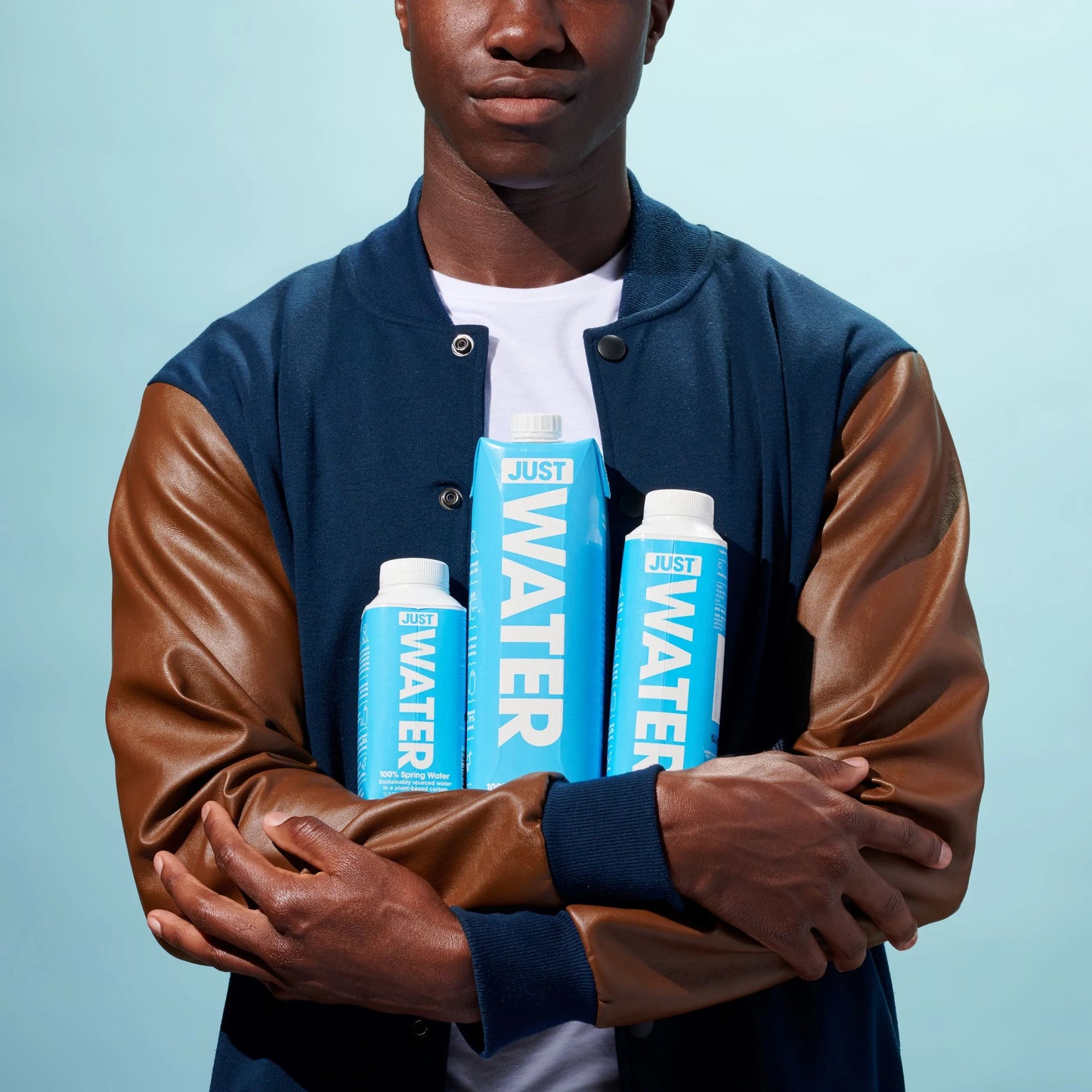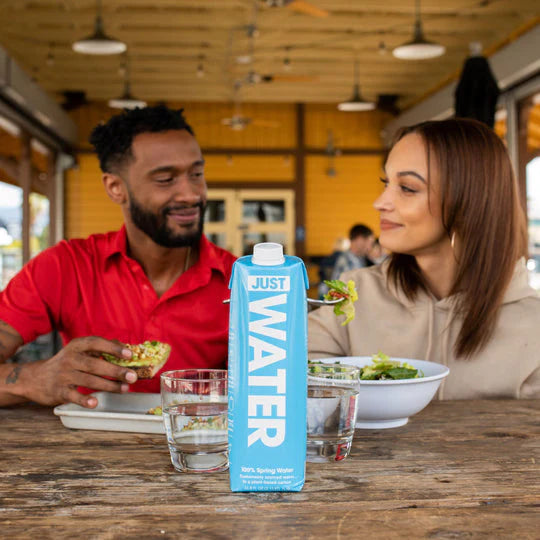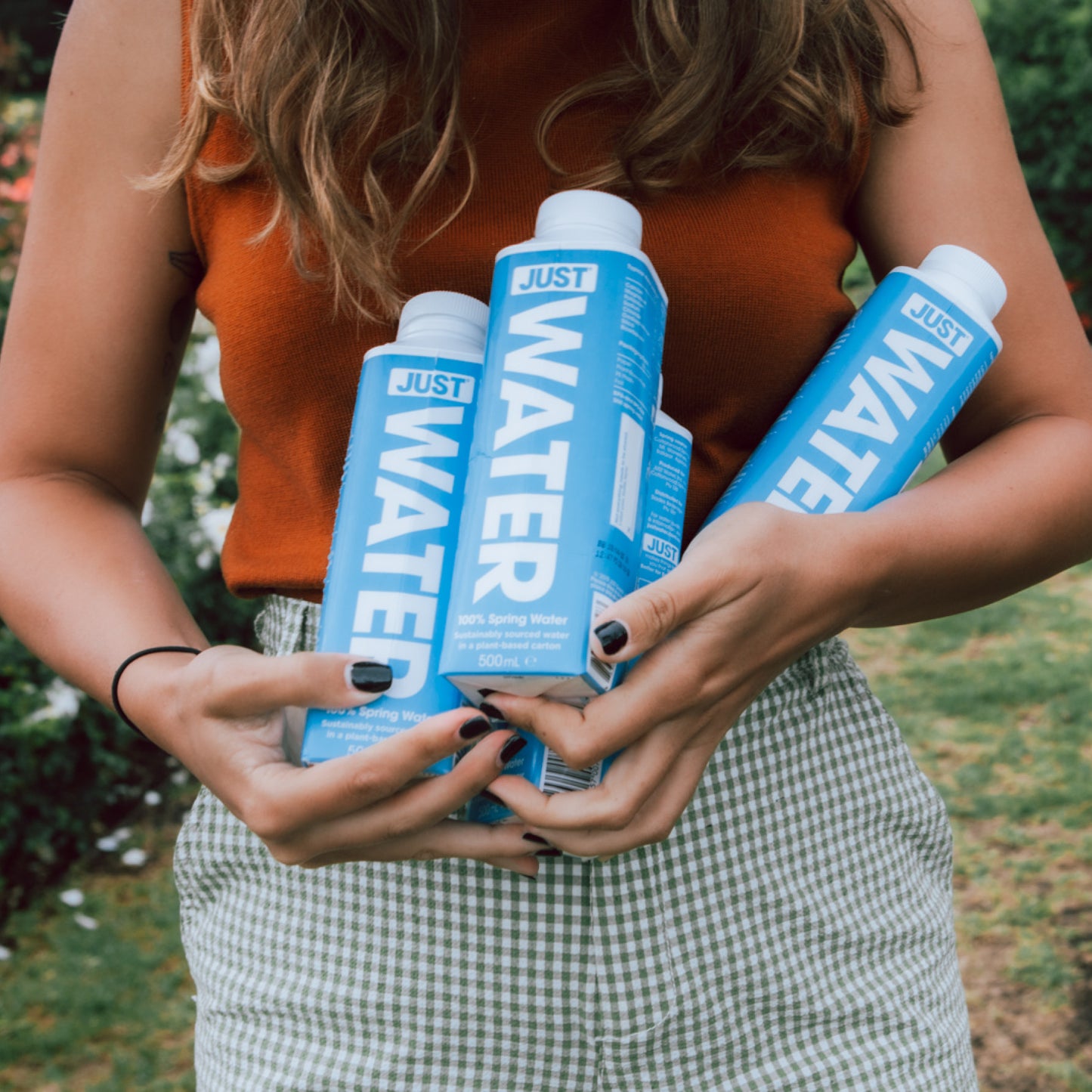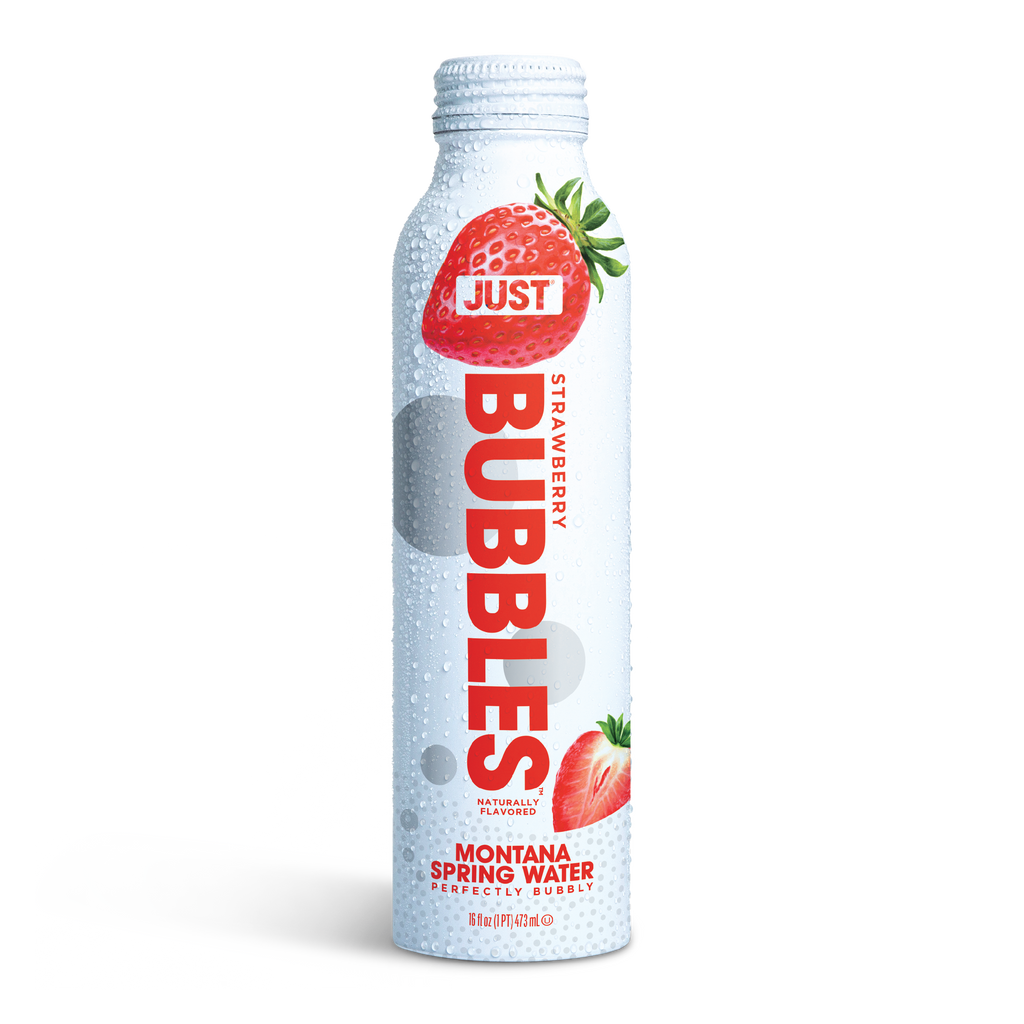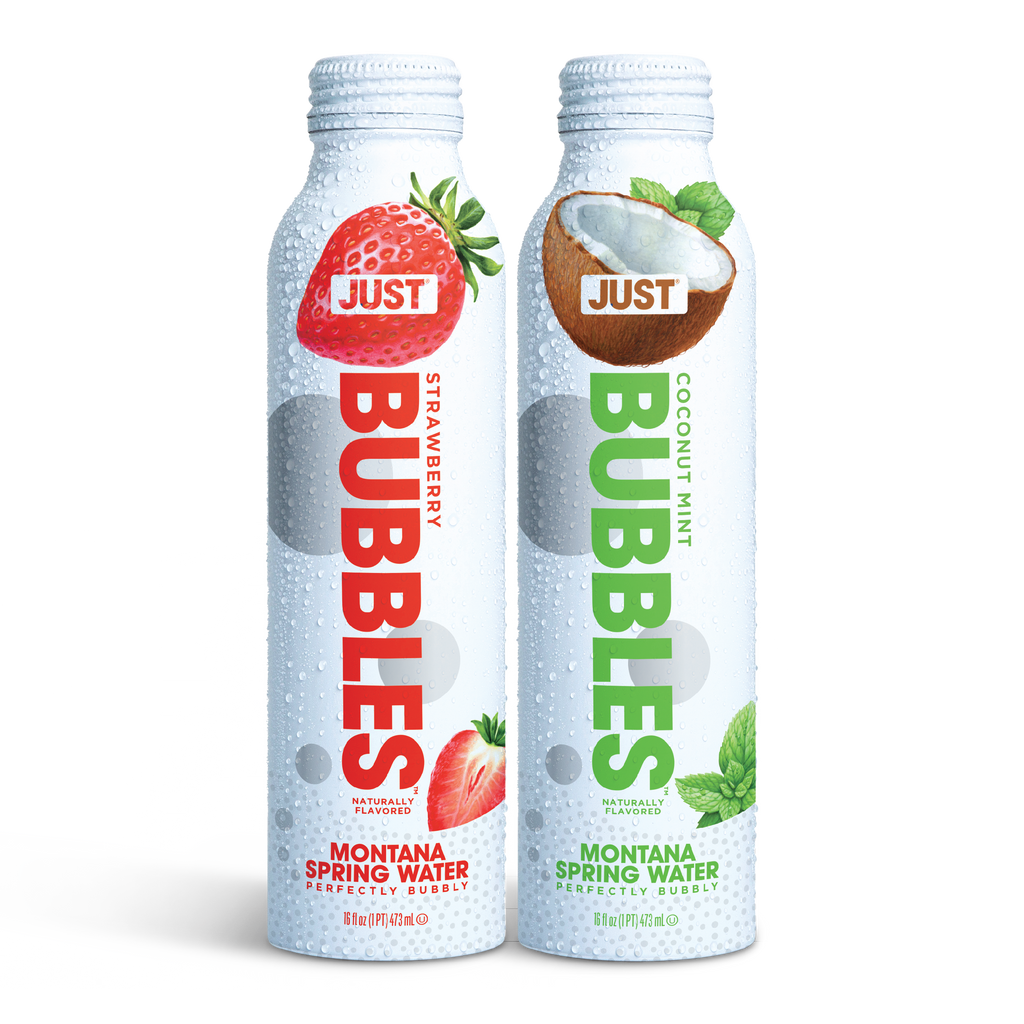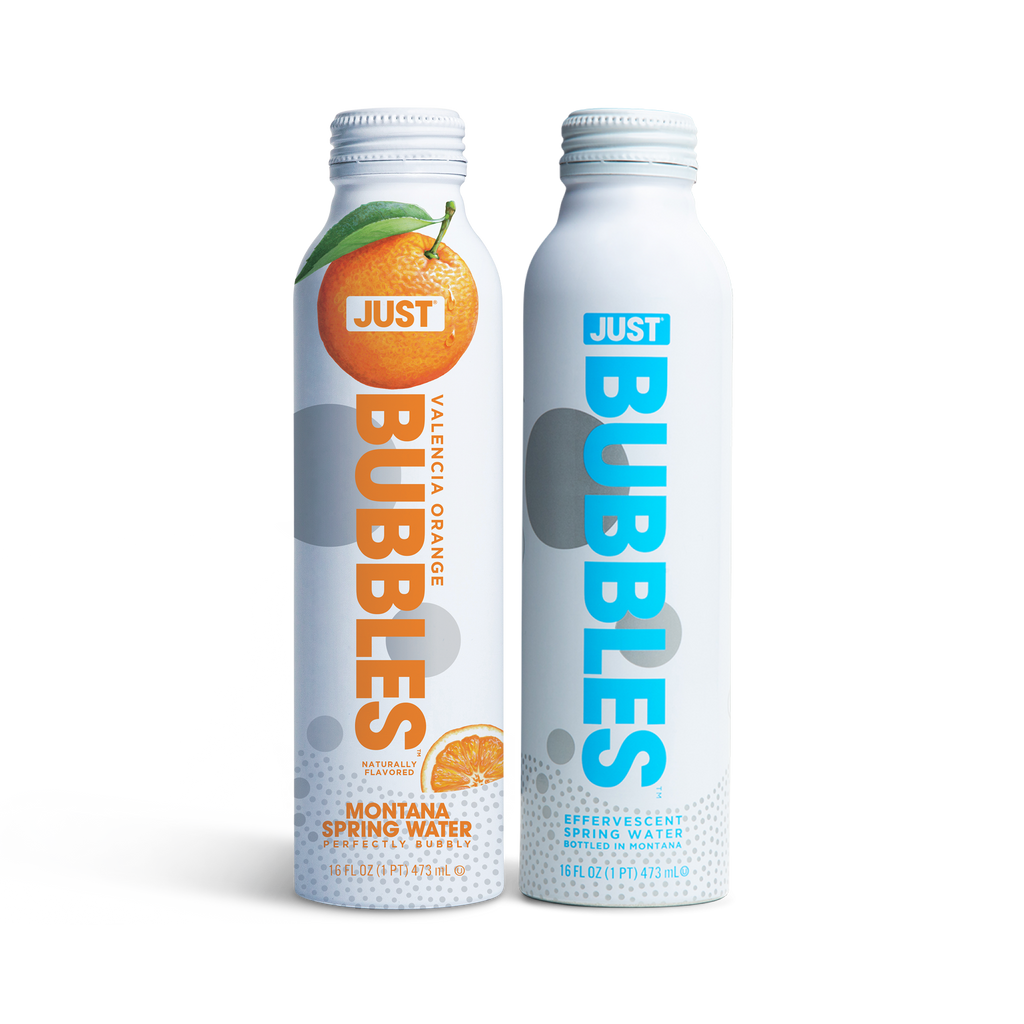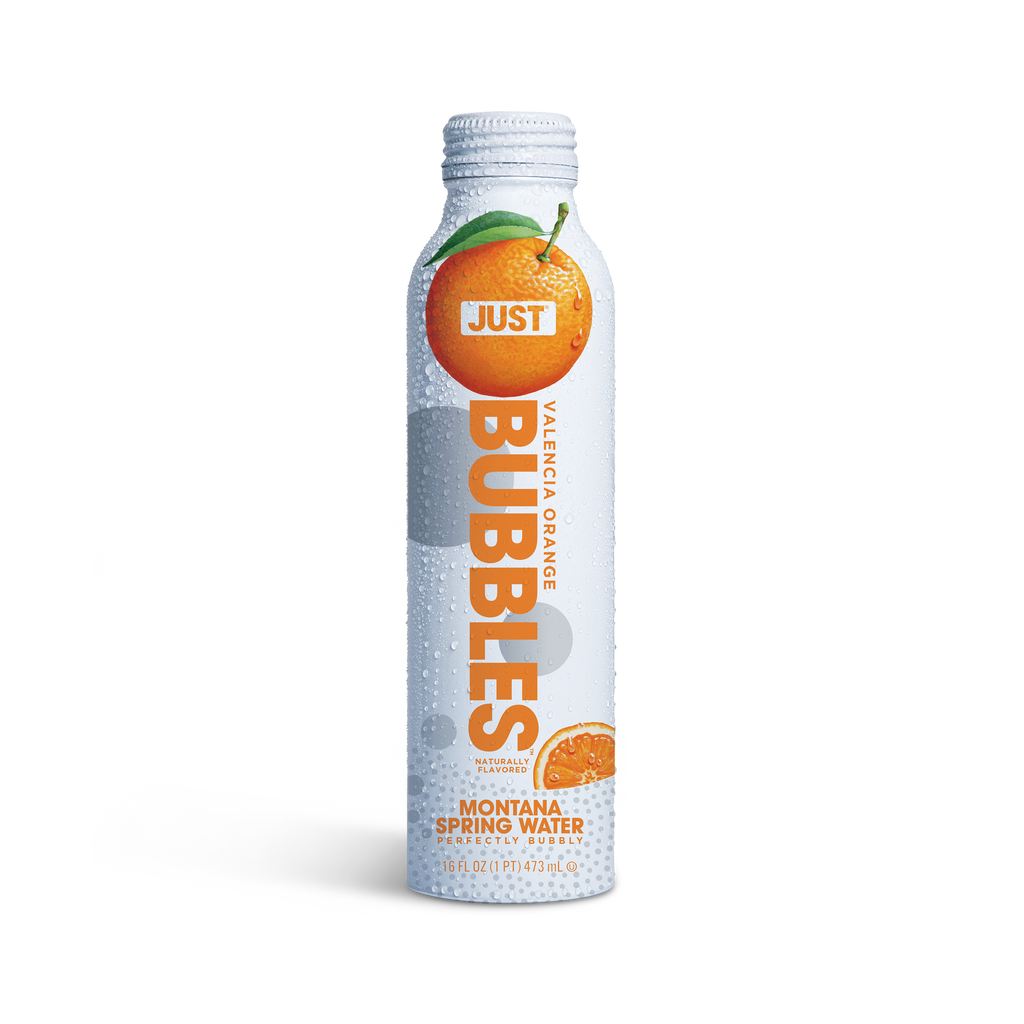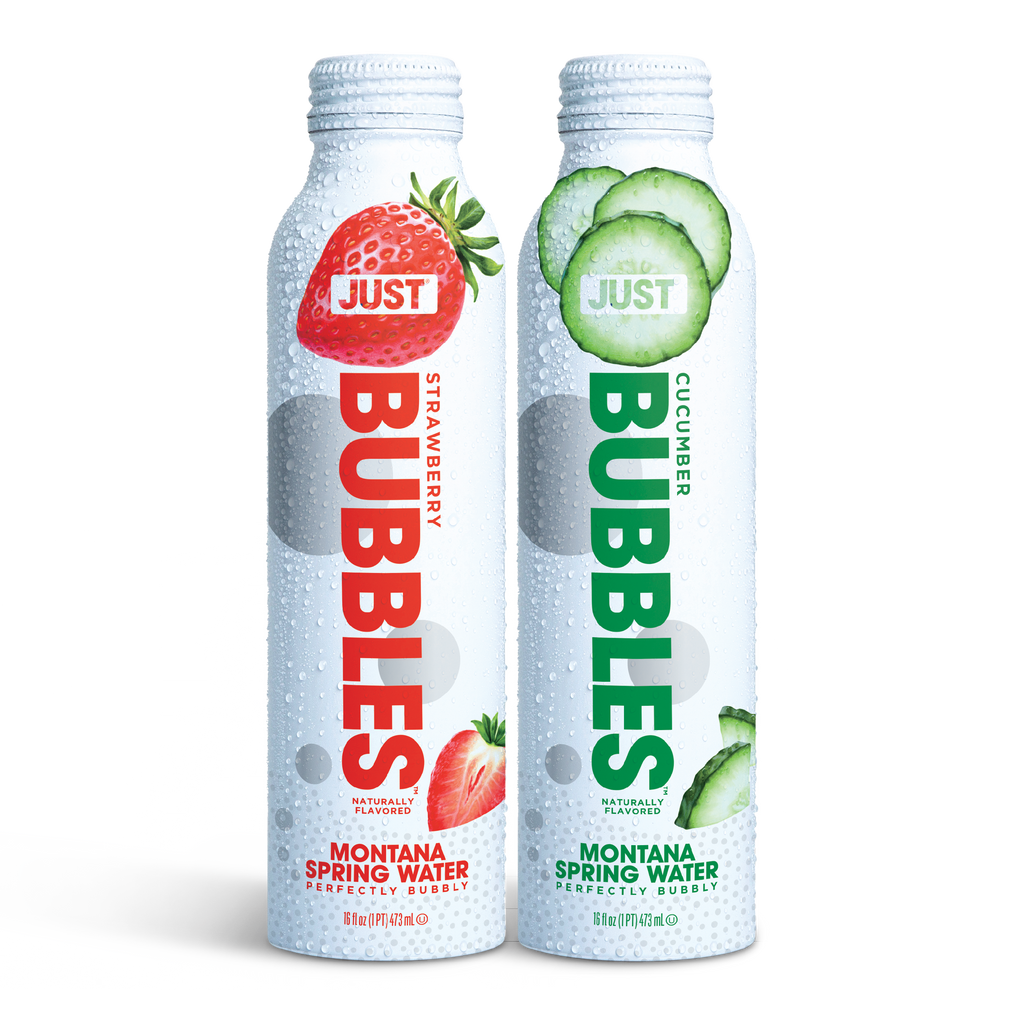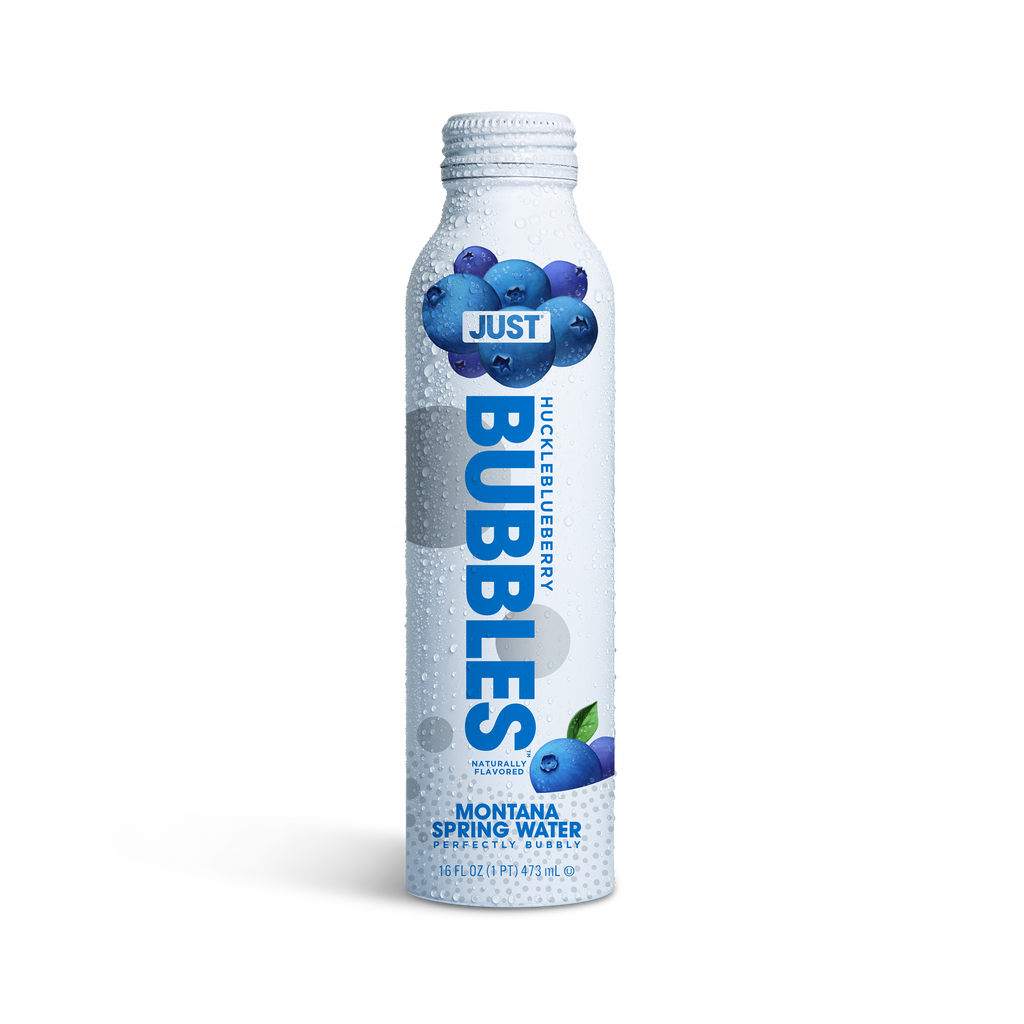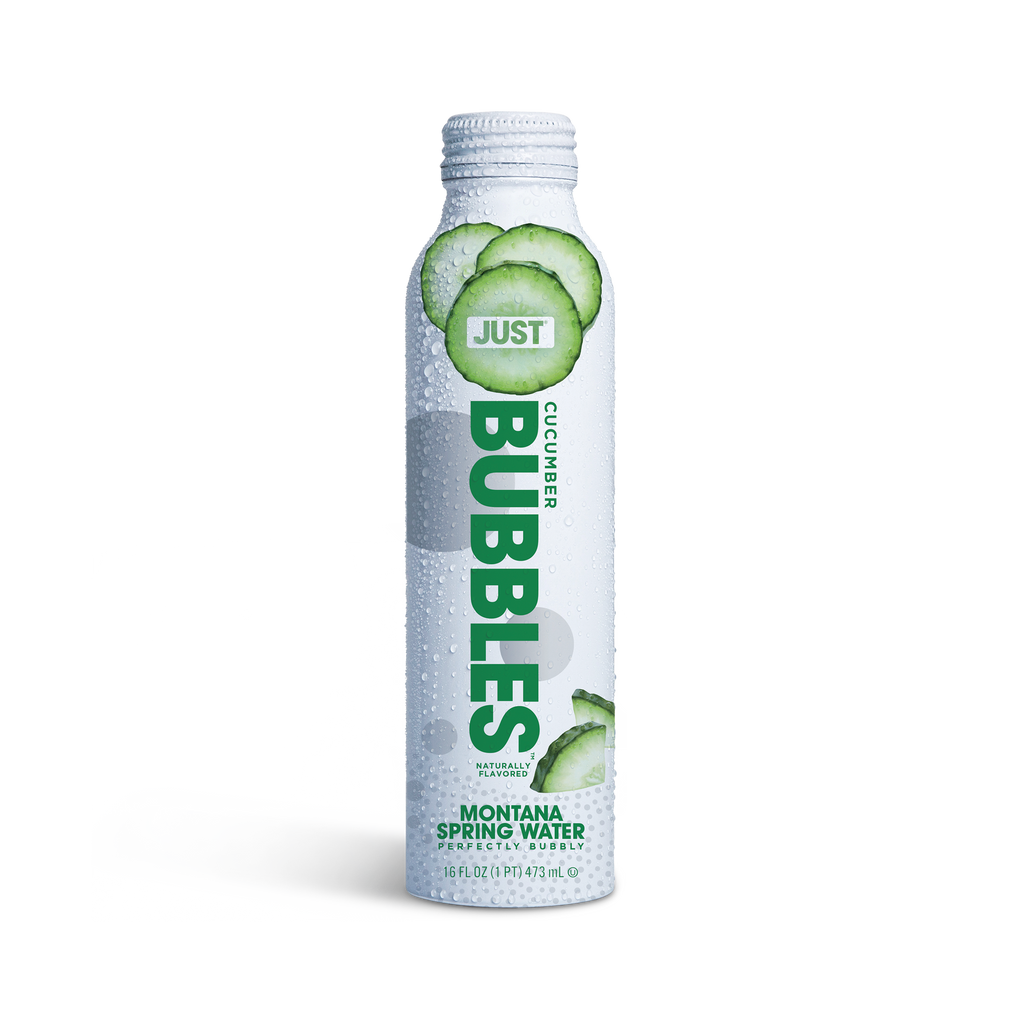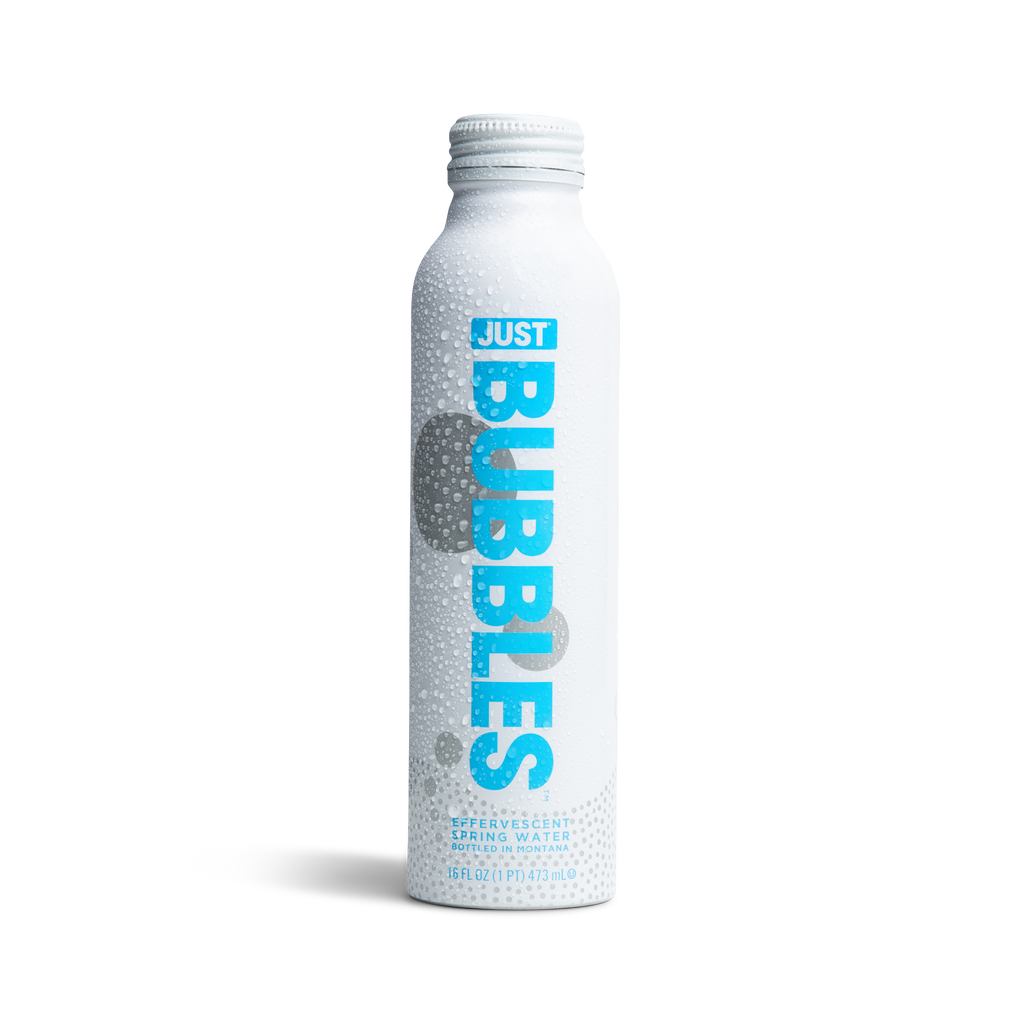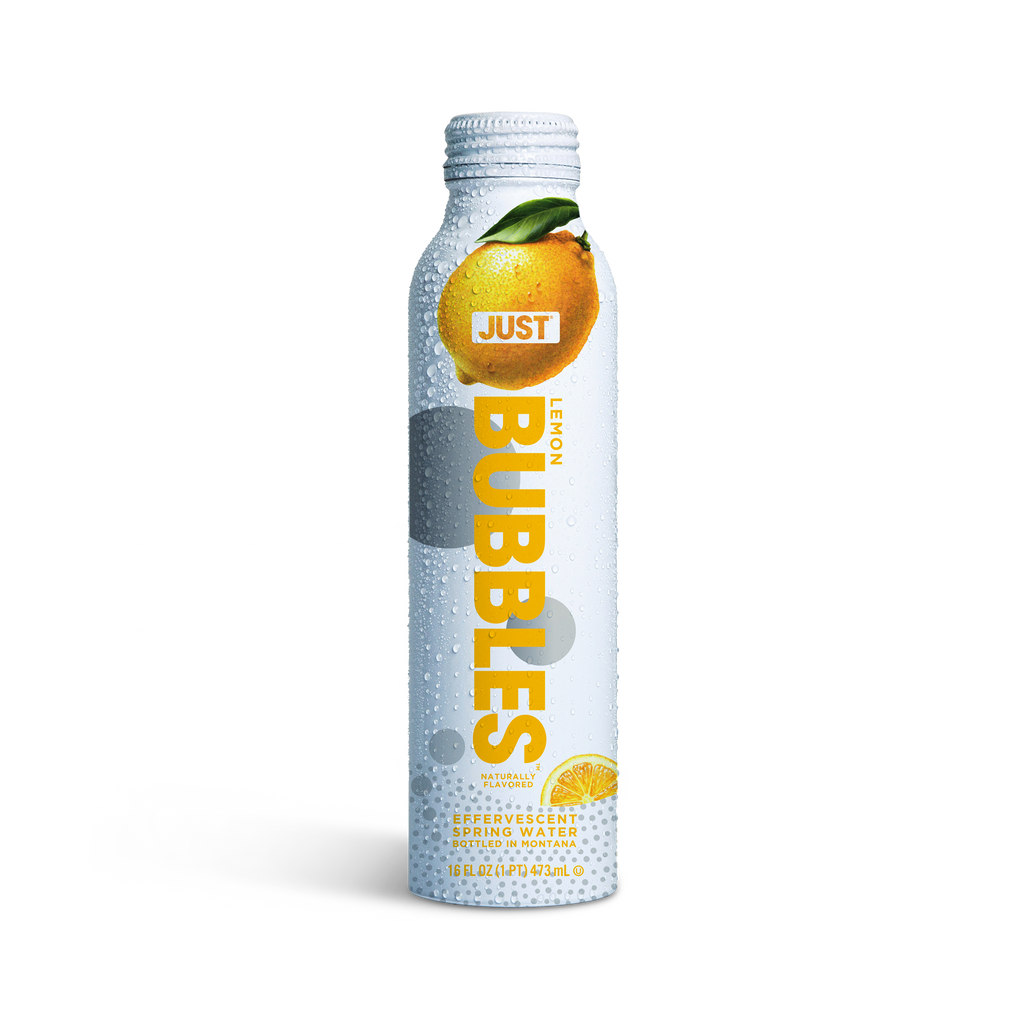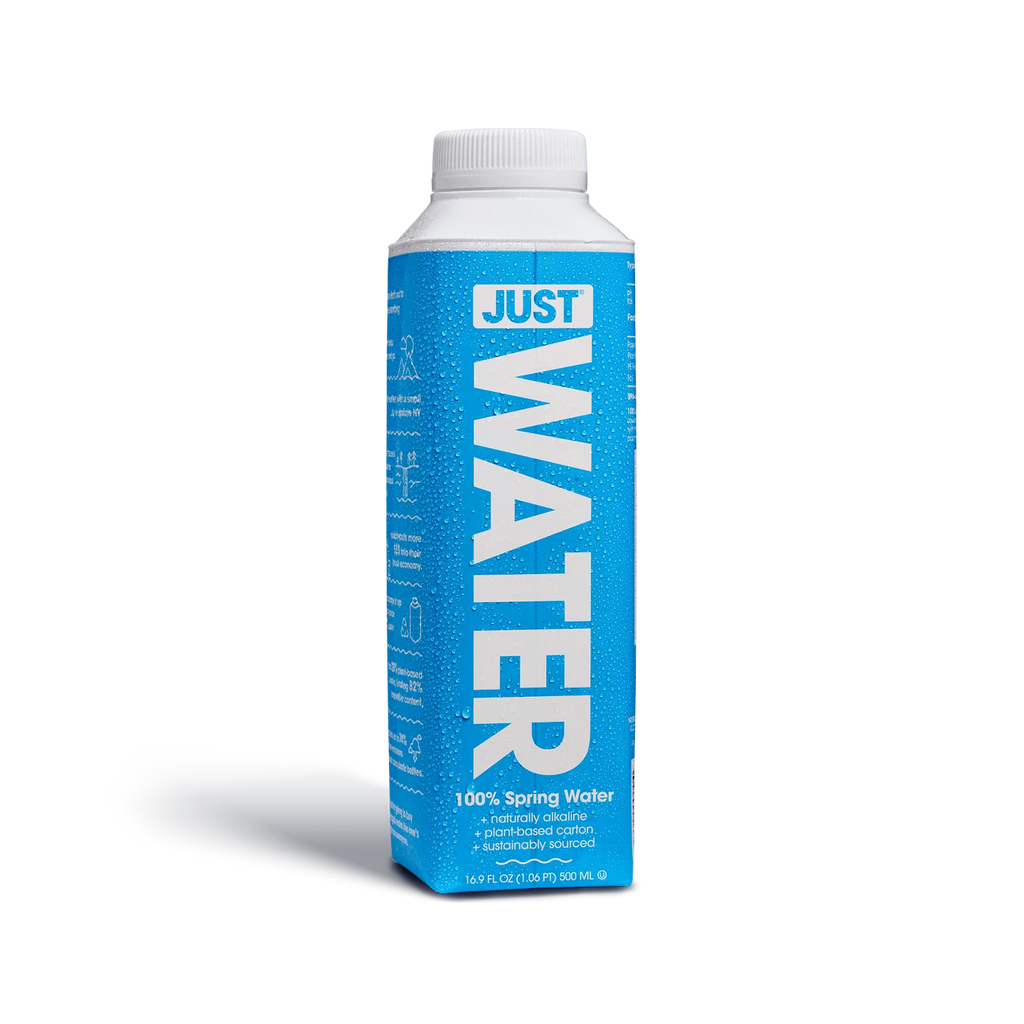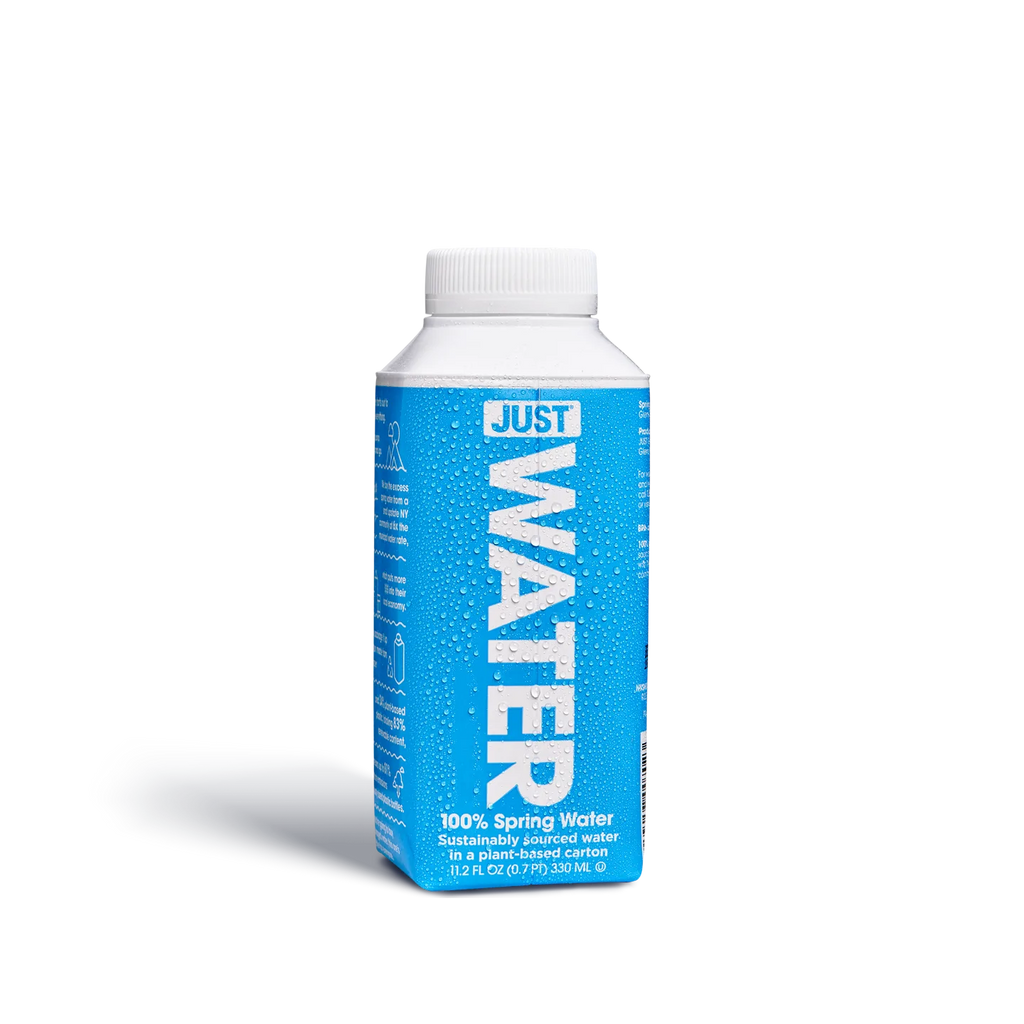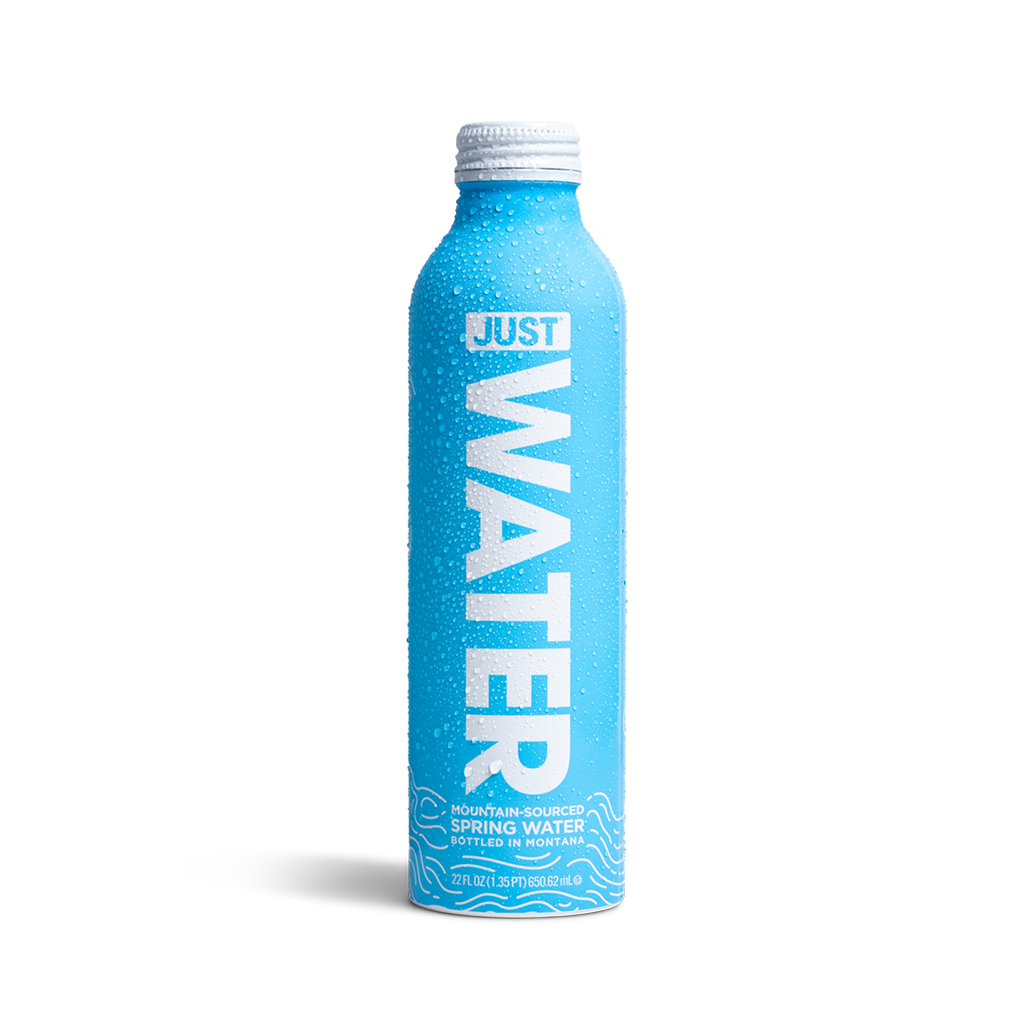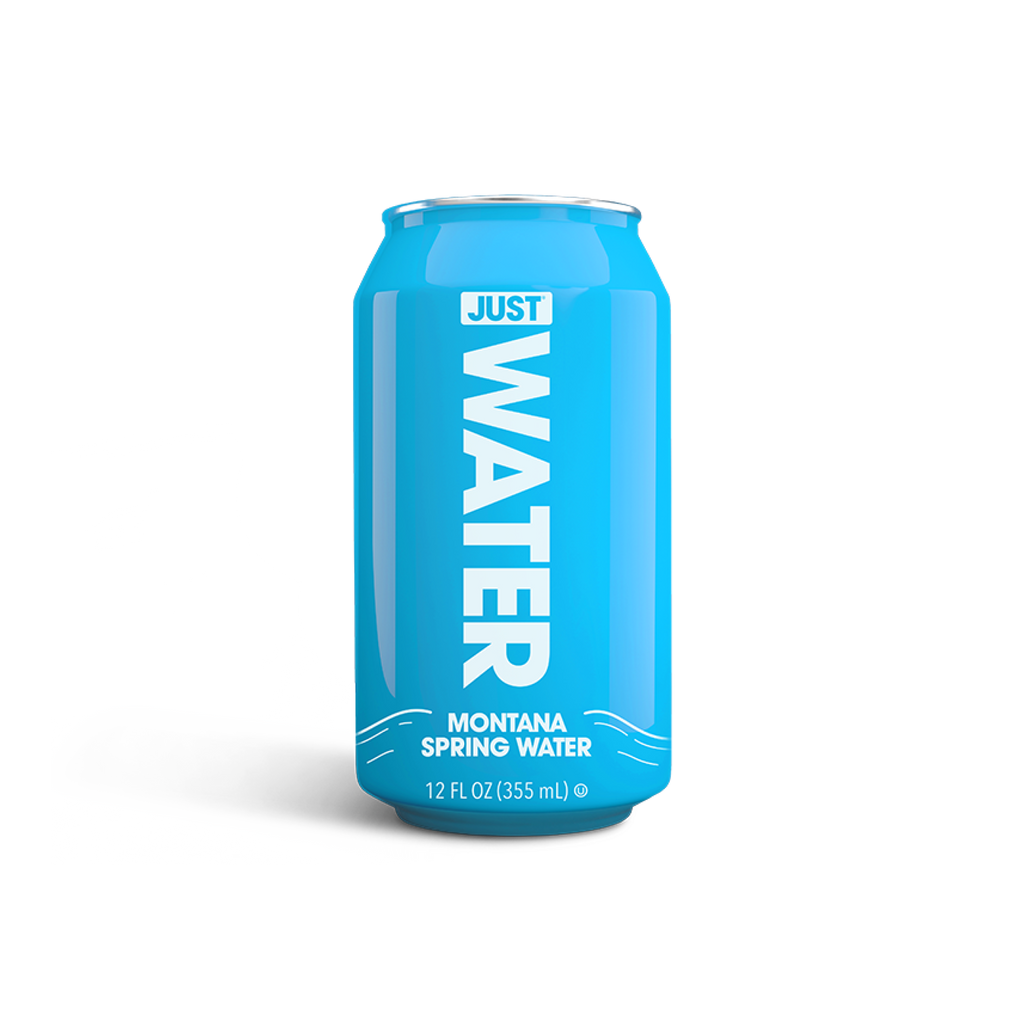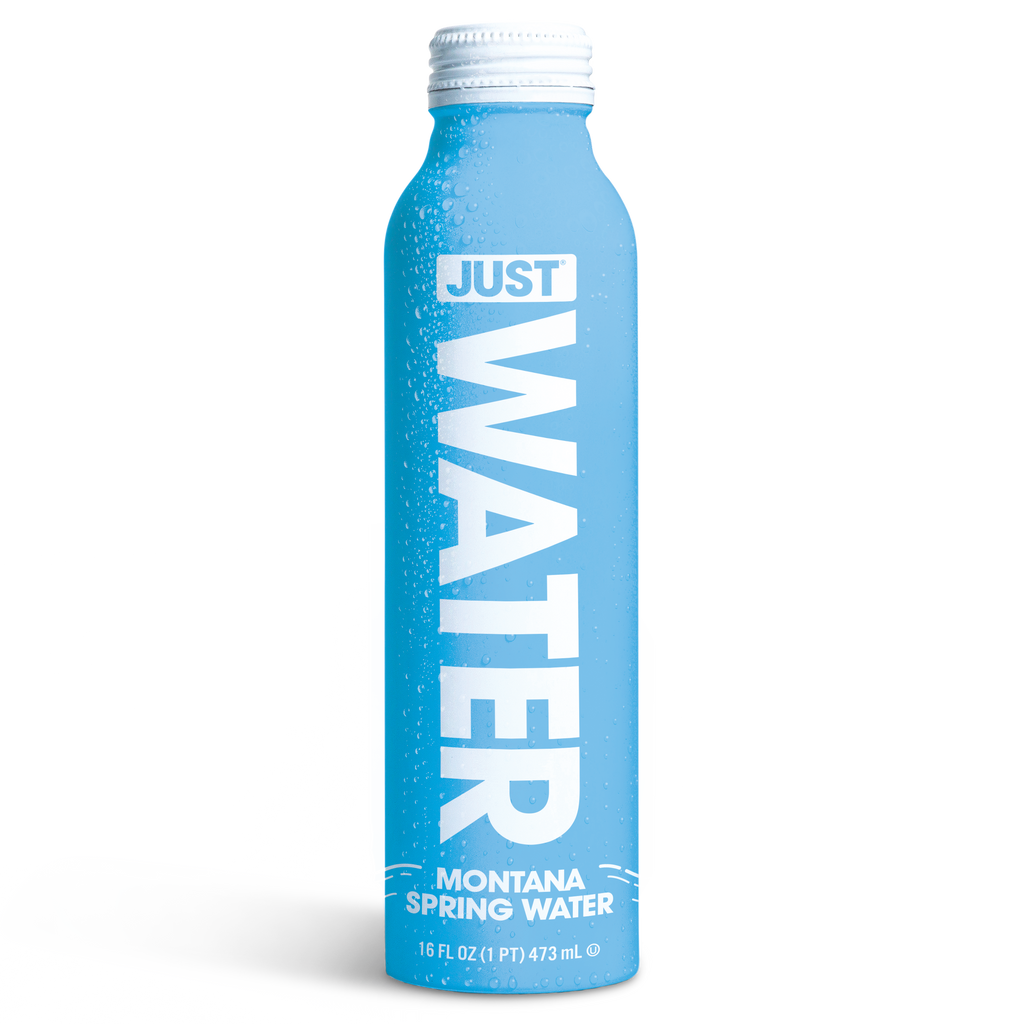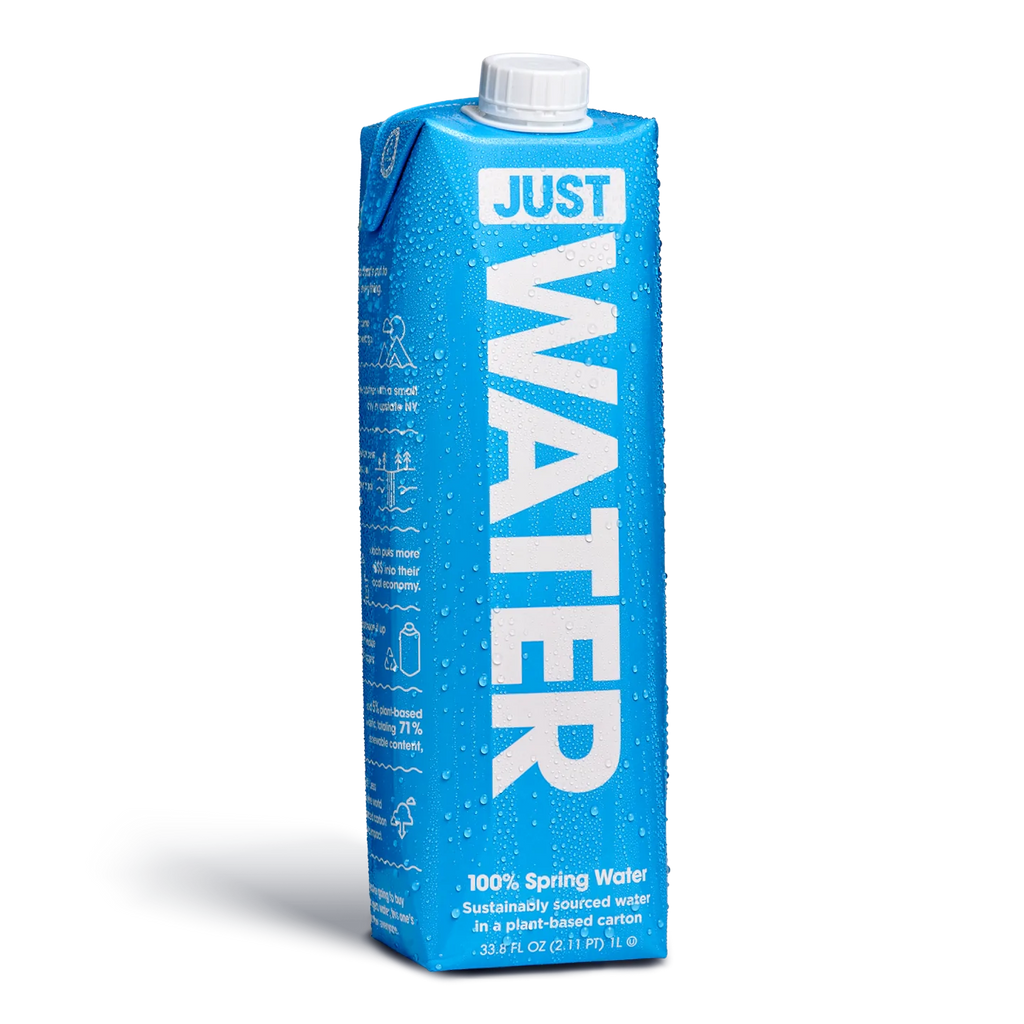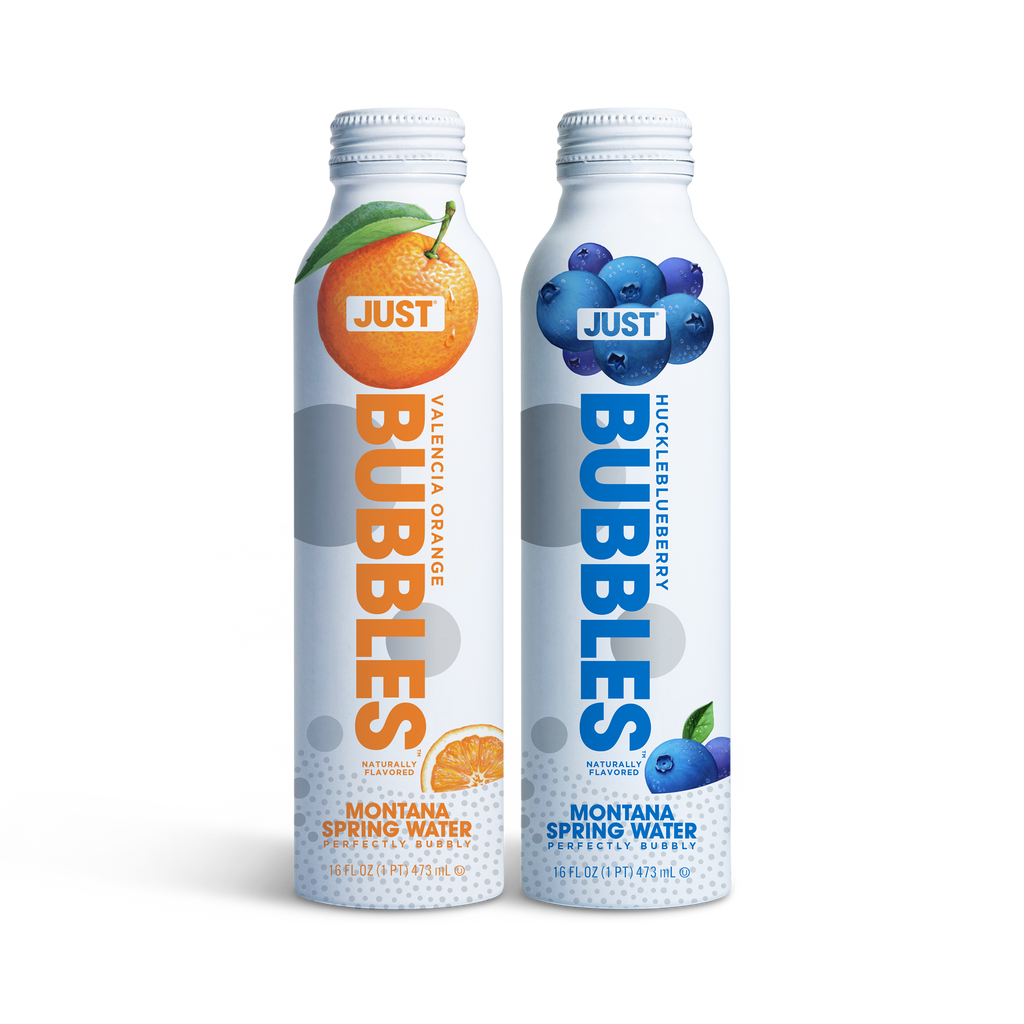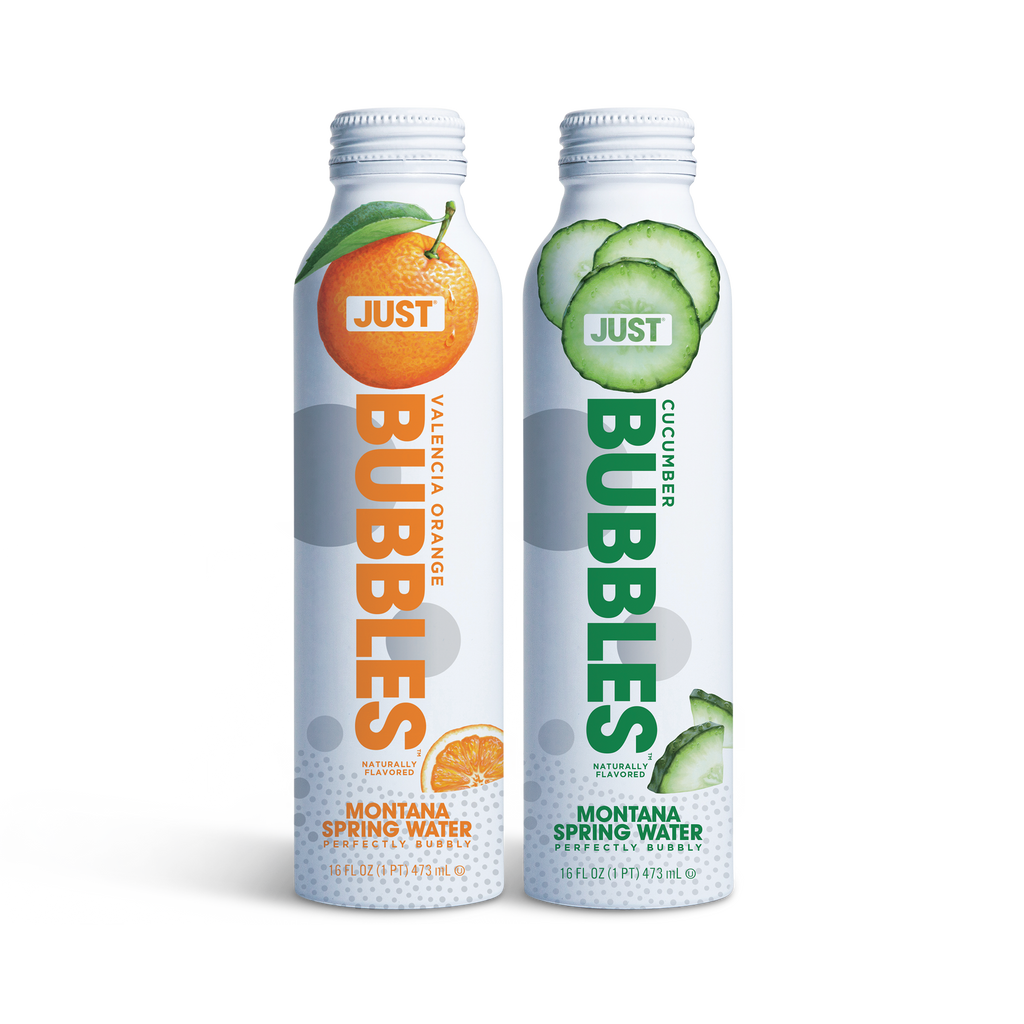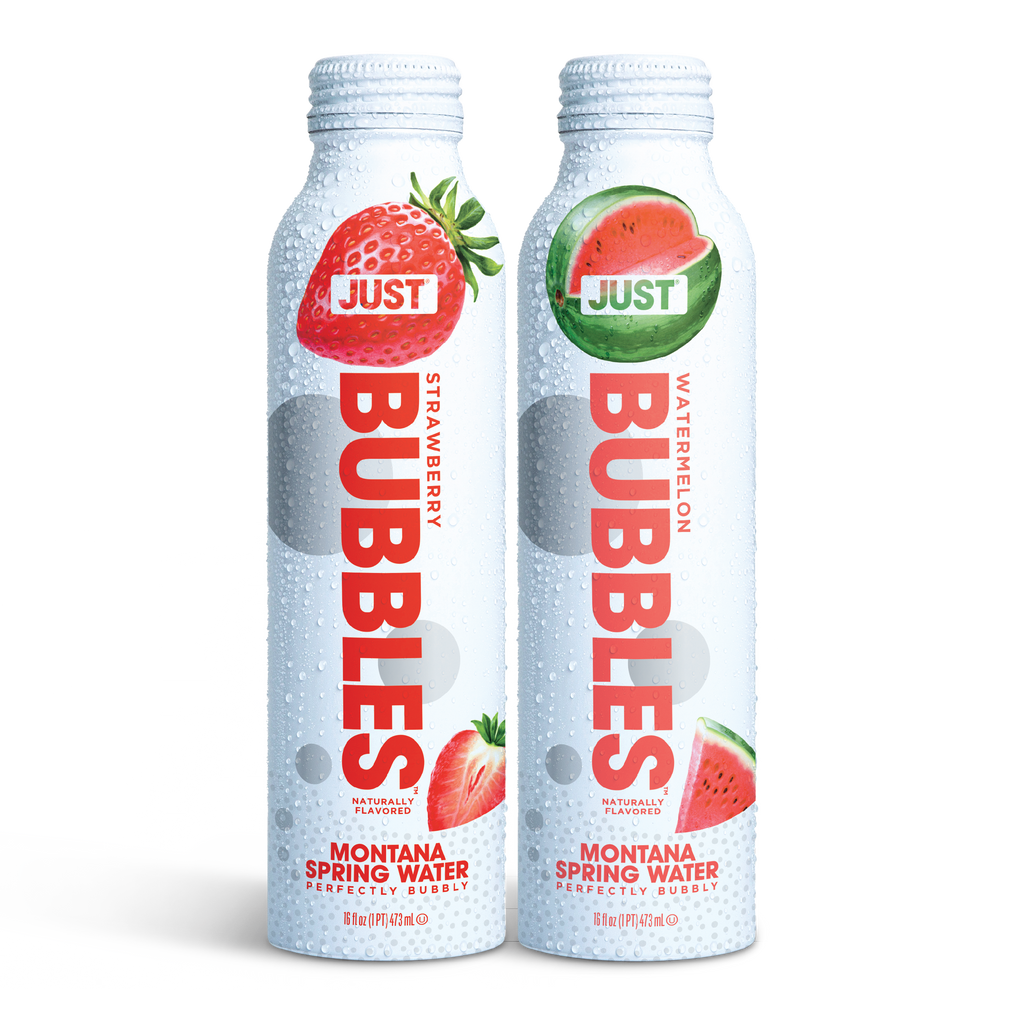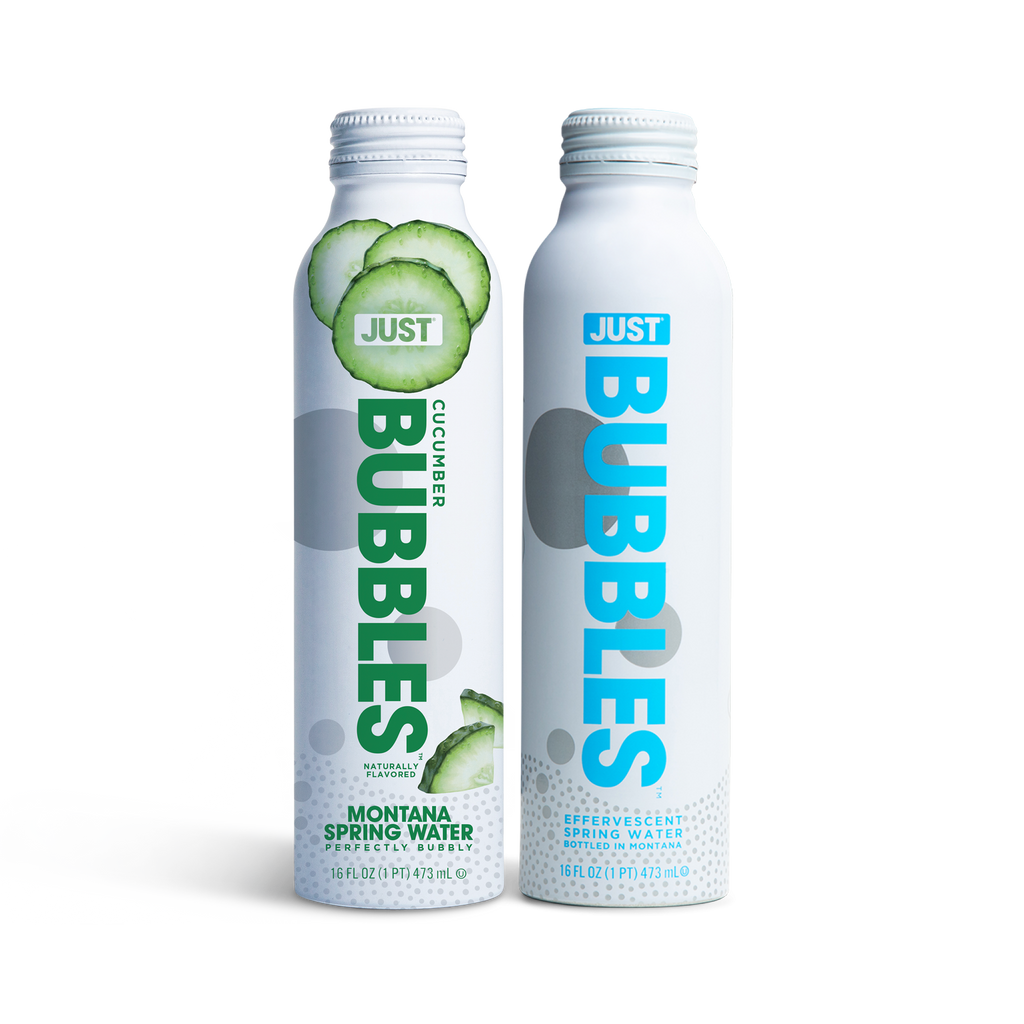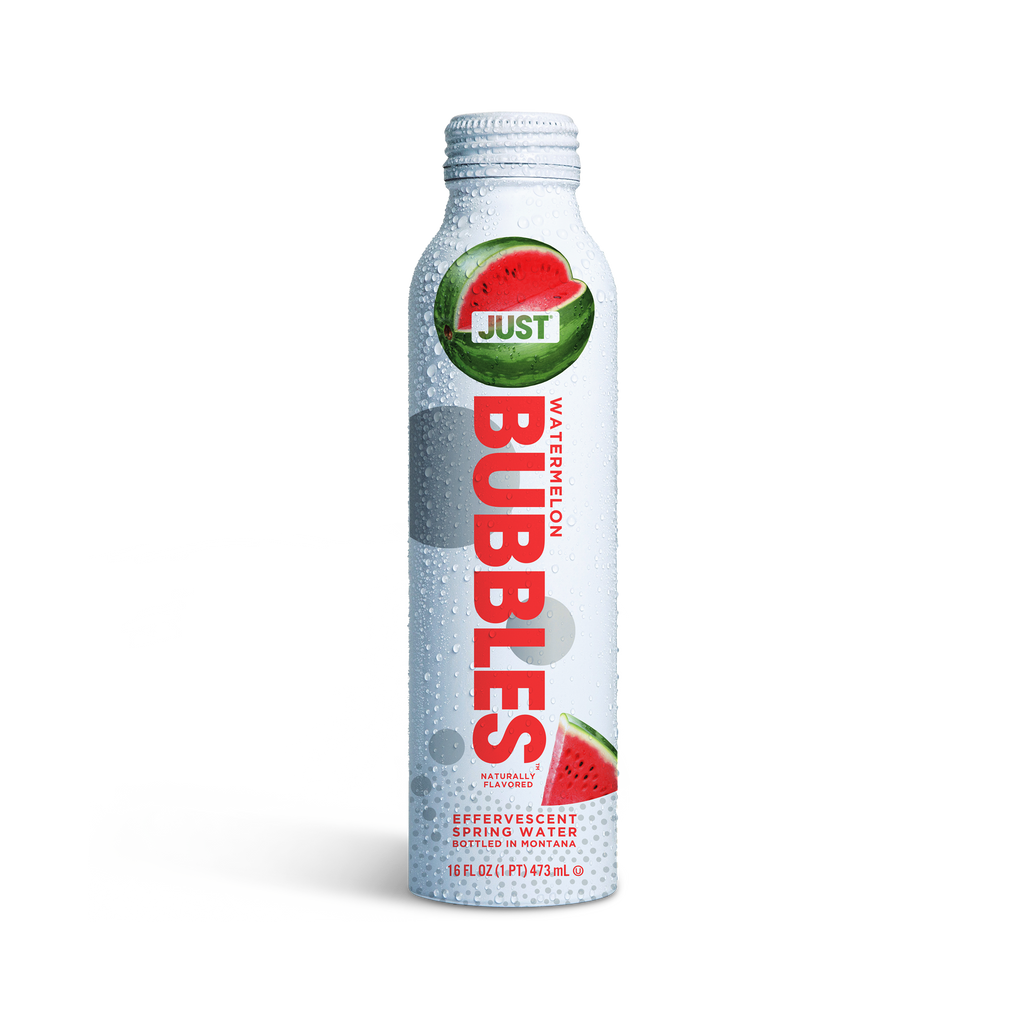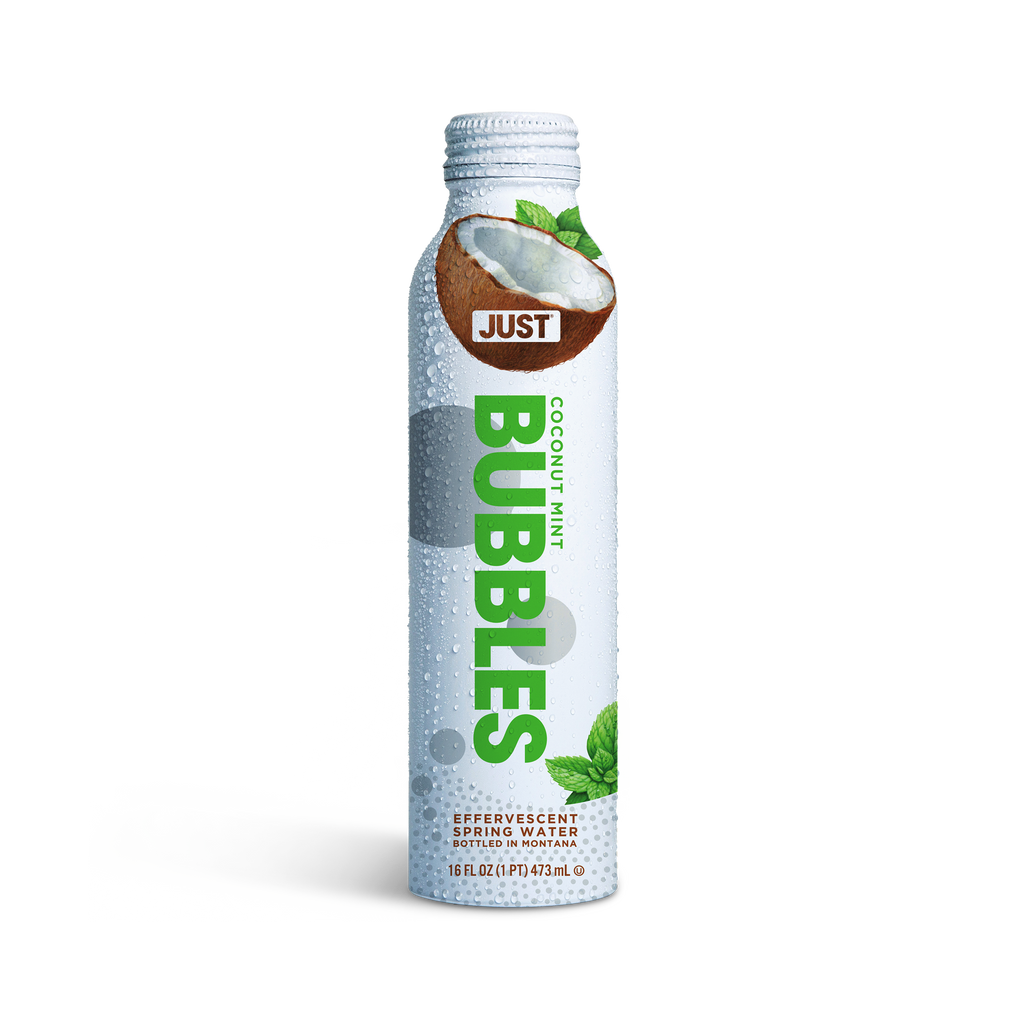WHAT IS PLANT-BASED PLASTIC?
Written by Just Water
Plastic is kind of the reason we created JUST — we were disappointed in a marketplace dominated by unsustainable bottled water in plastic packaging that, more often than not, isn’t recycled properly. But it turns out that it’s incredibly difficult to get away from plastic altogether at any type of scale. We’re just not willing to accept that plastic can’t be done a different way, so instead of making the small plastic components of our cartons (like the cap) from petroleum-based plastic, we shifted to plastic made from PLANTS.
Wait. Plastic Can Be Plant-Based?
Yes, you read that right. Sugarcane, corn, soy, and switchgrass are all plants that can be converted into plastic with the same functionality, but with a much lower carbon footprint, because the plants can grow back and the plastic can be recyclable. In order to further reduce the level of greenhouse gas emissions throughout our production, we converted the plastic in the JUST water bottle to plastic derived from plants. The JUST water bottle is now made from 88% renewable resources, which means that the sources of the materials can grow back.
How is Plastic Usually Made?
Bad news: plastic is generally made from petroleum (oil). Yes, the same stuff we put in our cars. Petroleum is a fossil fuel that has quite a few drawbacks (you’ve probably heard of global warming). Using fossil fuels for energy or plastic releases carbon dioxide (CO2) into the air. This CO2 contributes to the greenhouse effect, which increases global warming — not to mention the lack of biodegradability in plastic, and the fact that most can’t or don’t recycle it properly.
Finding the Most Responsible Plant
Before we set out to swap out petroleum for plants, we wanted to find the right plant for the job. We looked for the most responsible source: one that wasn’t upsetting food supplies, using chemical fertilizers, or unfair labor practices, and treated the surrounding habitat responsibly. After a long time researching, we landed on a pretty sweet one: sugarcane. We knew we could make our plastic from other plants like corn or soy, but we chose sugarcane because it grows very densely. Its area is small compared to the others, requiring less energy and other resources to farm. Sugarcane is also a very water-efficient plant, receiving practically all the water it needs from natural rainfall. This is great because it isn’t artificially diverting clean water from another use, and it requires less energy! And like all plants, sugarcane absorbs CO2 from the air as it grows — nature’s way to fight against greenhouse effect. It’s harvested and regrows, fully, every year, capturing more CO2 from the atmosphere. P.S.: Because it regenerates, it’s a renewable material that will never run out.
Responsible Land Use in Brazil
We wanted to make sure that our sugarcane production wasn’t doing any harm to important biomes by stripping or replacing native vegetation. Also ensuring that appropriate governing bodies were overseeing the policies that are in place. To that end, Brazil was the clear winner when we looked for the best place to harvest our sugarcane. Brazil’s sugarcane cultivation is concentrated in the center-south region, over 1200km away from the Amazon Rainforest. The expansion of the sugarcane area is regulated by the Sugarcane Agroecological Zoning Policy, which prohibits expansion into high-biodiversity areas, such as the Amazon Rainforest and the Pantanal Wetlands.
From Field to Mill
Our sugarcane mills operate with a great degree of intention. The sugar mills are at the same location as the fields, requiring little in the way of a transportation footprint. Special care is taken to leave excess thatch on the harvested crop lands to act as a natural germinator for next year’s harvest, and all our sugarcane is GMO-free. Plus, at the end of the milling process, the mills collect a nutrient-rich liquid and use it as a natural fertilizer for next season’s crops. That means virtually no chemical fertilizer is used on Brazilian sugarcane.
As the sugarcane is milled, it’s separated into two useful products: edible sugar and a chemical called ethanol, which we make our plastic from. What’s great about this process is we are left with something very cool: a useful pulp, which, in Brazil they call “Bagasse.” Bagasse is so special is because it’s a biofuel: a clean and renewable energy source used to power the entire sugar production process, reducing the need for fossil fuels. It produces enough energy to actually meet the energy needs of the surrounding cities. Almost 130 energy plants sell surplus electricity. Nationally, it’s the third largest energy source. Think about how big Brazil is. That’s pretty major.
Get That Co2!
When we’re processing our sugarcane, the ethanol we gather and use to make our plastic helps naturally capture and sequester CO2 from the atmosphere. How much carbon are we talking about? We’ll break it down for you:
The production of 200,000 tons of sugar for plastic represents an annual reduction of 800,000 tons of CO2 from the atmosphere.
That’s the equivalent of the annual CO2 emissions of 800,000 cars or 200,000 average families.
This information is based on the CO2 emissions of a car powered by a 1.0 liter gasoline engine driven 15km per day per year. Source: 2006 IPCC Guidelines for National Greenhouse Emissions. Source: Brazilian Governmental Ministry of Science and Technology – Nations Climate Change Project
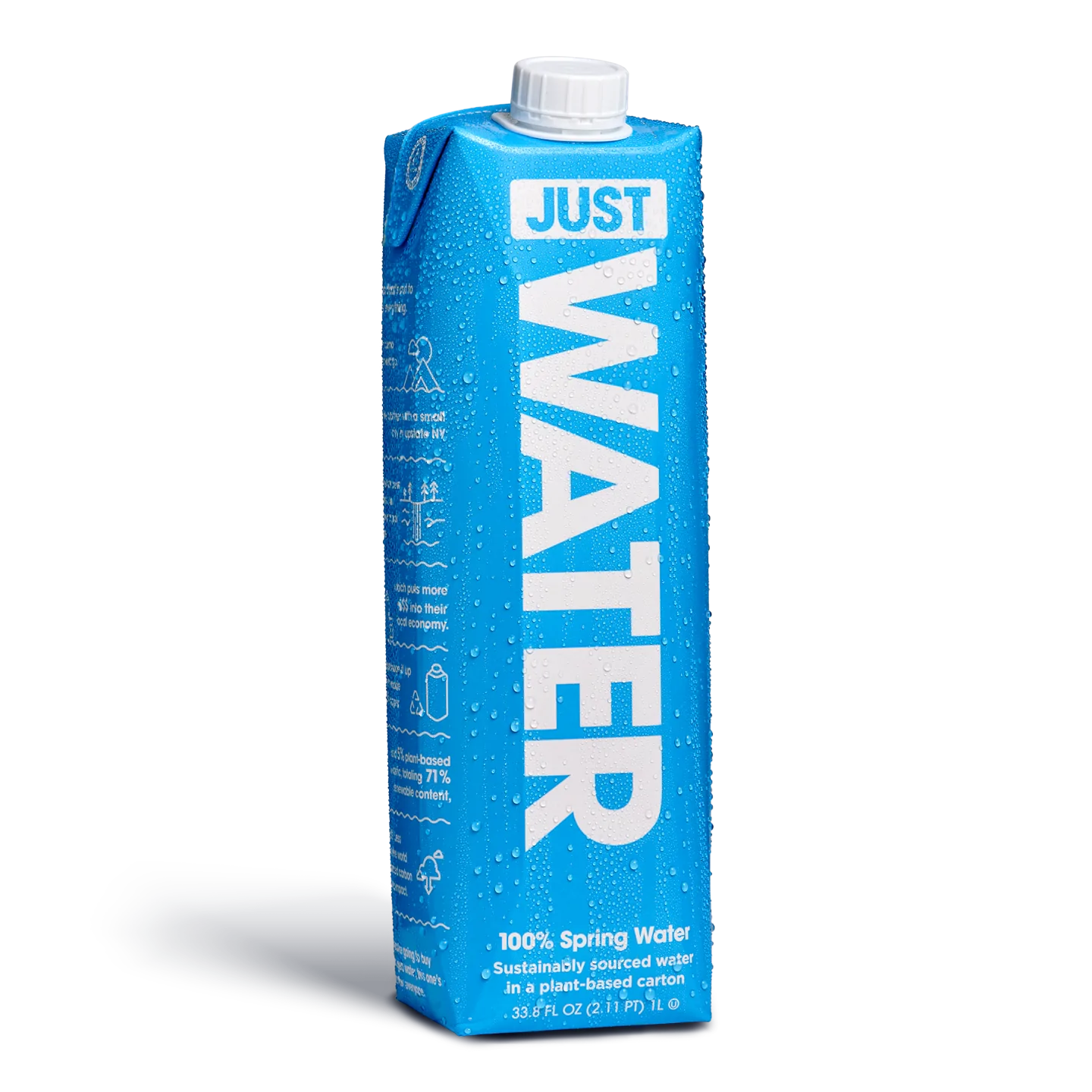
JUST
Spring Water -- 1 Liter | 12 Pack
